Given how much I am going on all the time about singing in the home (for instance, recently on the Ad Fontes podcast), a friend has requested a list of recommendations for children’s folk song books that one can purchase. I am a novice in this respect, so perhaps I am the last person to really be making such a list. But, nonetheless, here we are. Here is a quick list of recommendations.
Go In and Out the Window: An Illustrated Songbook for Young People
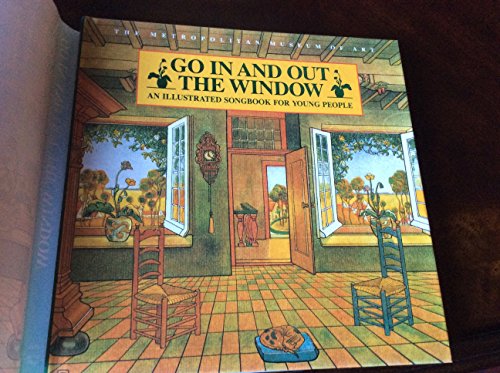
My wife grew up with this one and it’s phenomenal. Our son loves it. It pairs paintings, lithographs, stencils, and so forth, appropriate to the theme of the song. Some of the associations are a little bit of a stretch, honestly, but to a four-year-old brain it really doesn’t matter. I’d take it any day over some AI-generated animation, and it’s hard to deny the powerful formative effect of the art. (I know nothing about art or art history, so don’t take my word for it.)
The repertory is mainly American folk, with a little bit of English folk music here and there. The music has simple piano arrangements to go along, which I think is sub-optimal, but they are not too distracting.
Fireside Book of Folk Songs
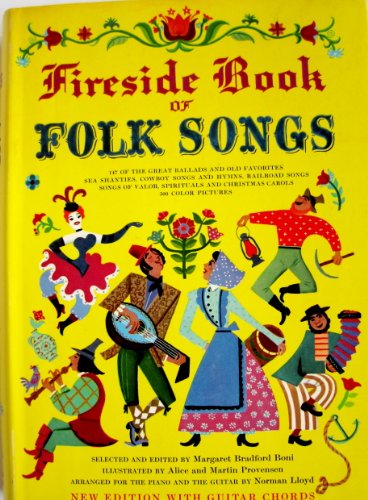
This is an old-fashioned, 1966 Simon and Schuster compendium, complete with dramatic piano arrangements and cutesy illustrations. It deserves a caveat that probably all folk compendia do: it is from 1966 and contains some things that would scandalize a 2021 sensibility. Look through it and see what kind of redacting that you might like to do before handing it over to your kid.
The repertory mainly focuses on American folk music, with a few English folk songs and a good sea shanty and work song section.
King’s Singers Book of Rounds, Canons and Partsongs
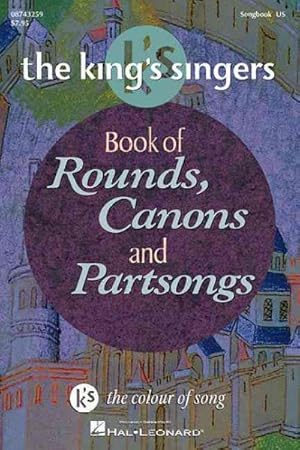
One cannot overstate the value of rounds and canons to making your older kids (let’s say 8+) excited and invested in singing in the home. They’re a bit more challenging and younger kids can do it, if they have help on their part. But the excitement amongst a crowd that really gets a good canon is electric. There is little in life more satisfying, especially for those of us who love that Gestalt-style click of something coming together in constantly shifting permutations. Anyways, this and the following are two great collections of traditional rounds and canons which can be easily learned and mastered in a single sitting. Some are more complicated, but most are the sort of thing you could teach by ear to a crowd that could not read music.
Some of these are by real composers and so aren’t really what I would call “folk” songs, but others are just old Mother Goose classics or children’s chants.
150 Rounds for Singing and Teaching Kodaly
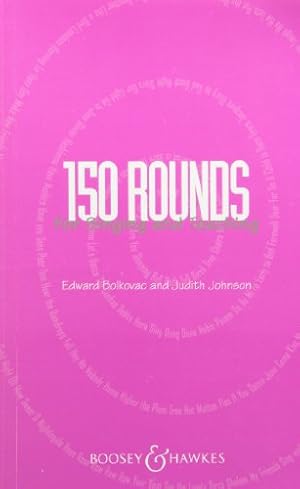
The same as above, but this one is more focused on Kodaly pedagogy and so is a little more expensive. Highly recommended alongside the other books in the Kodaly world such as Sound Thinking.
American Folk Songs for Children

I have not actually used this one before, but a friend recommended it and–well, who couldn’t be fascinated by a children’s song book illustrated by Barbara Cooney who, let’s be honest, is the greatest American children’s book illustrator of all time? And Ruth Crwaford Seeger is her own fascinating whole thing, for another time. In any case, it has been ordered and will soon be in use at our house.
Wee Sing Fun ‘n’ Folk
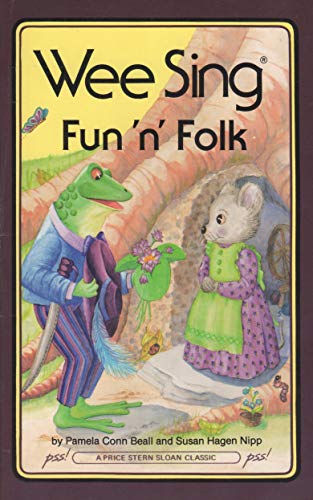
Wee Sing is effective in getting these tunes in your kids’ heads, especially if you do the CD or Spotify playlist. But, as you may guess if you have read some of my other stuff on the subject, I am a little hesitant to fully recommend the CD/Spotify playlist approach unless you are vigilant about making that not the primary experience of folk songs but rather a supplement. The primary experience is you, the parent, singing to your kids. The simple litmus test is: where does the ideal form of folk music live? When you play the Wee Sing studio-recorded songs on Spotify, is that just a recording of people singing the song one particular way at one particular time? Or is it the reverse: when you sing the folk song, are you (and your kids) thinking of this as a “cover,” as a performance, of the Wee Sing recording you listen to on Spotify? If the latter, it is important to note that you are (a) not doing folk music and (b) missing the point of making recreational singing in your home.
But that doesn’t stop this Wee Sing book from being great! I grew up with it. It is especially good because of the simplicity of the musical presentation. No florid arrangements to distract from the melodies.
Do you have other recommendations? I would love to hear them.
For my music “recommendation” today, I would like to remind you why singing folk songs to your kids is important and why putting on the music (or the YouTube channel) in the background is not an appropriate substitute. I apologize for the horror and despair that will seize you, should you watch this video.
